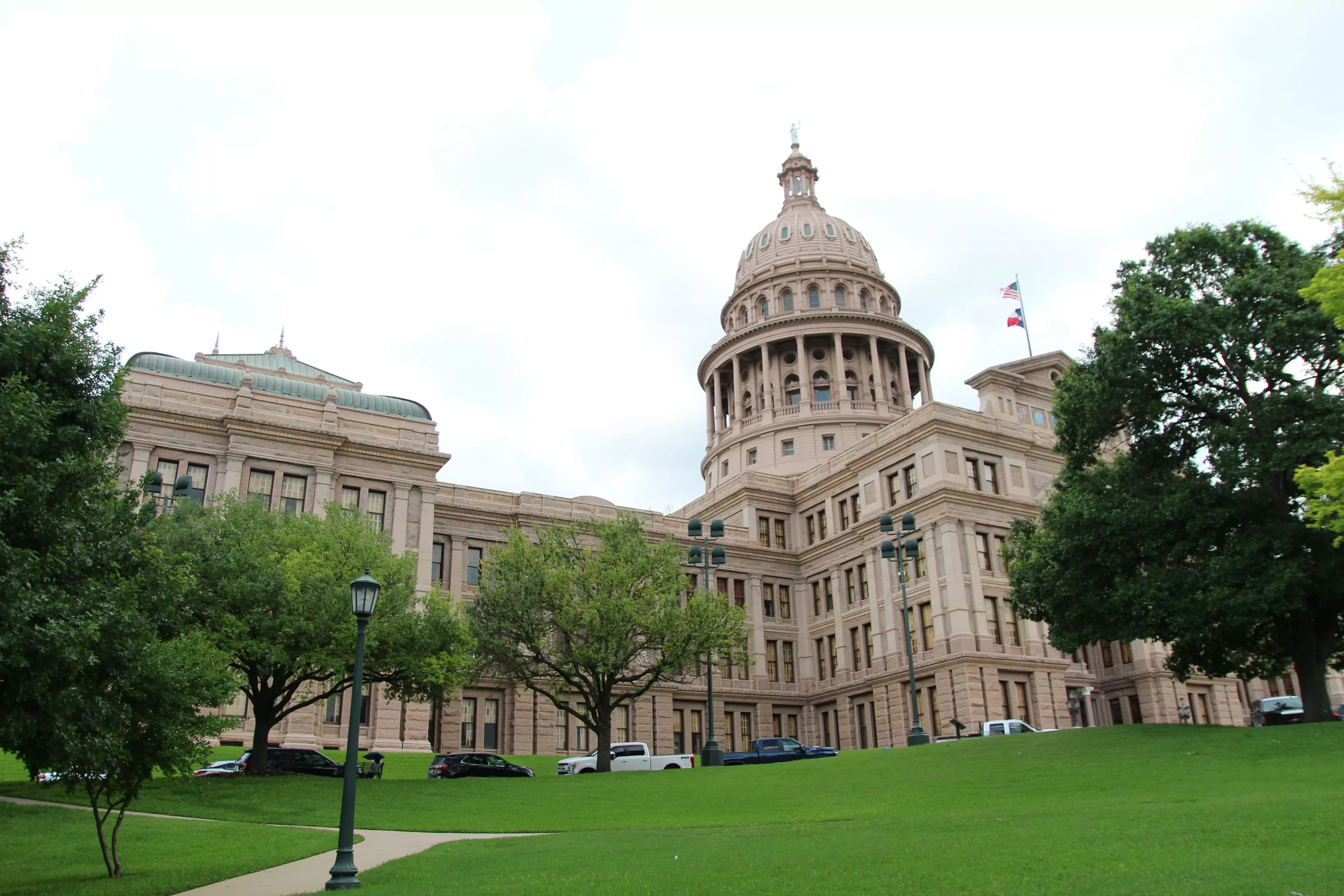The governor is the highest leader of a state, elected by the people and with a 4-year term.
Its main responsibilities include managing public resources, managing public services, developing and implementing public policies, and representing the state at the national level.
Function of the Governor – Administration of public resources:
The governor is responsible for ensuring that public resources are used appropriately and efficiently.
He is tasked with preparing and executing the state budget, collecting taxes and managing the state's financial resources.

Governor's Function – Management of public services:
The governor is responsible for ensuring that essential public services, such as health, education, security, transportation, and basic sanitation, are adequately provided to the population.
He is also responsible for developing and implementing projects and programs aimed at the economic and social development of the state.
Governor's Role – Development and implementation of public policies:
The governor's role is to lead and coordinate the team of state secretaries and officials to ensure efficiency and transparency in public administration.
He is also responsible for developing and implementing public policies aimed at the economic and social development of the state.
Function of the Governor – Representation of the state in the following areas:
The governor is also responsible for representing the state nationally, establishing alliances and partnerships with other government entities and participating in forums and debates on public policy. In short, the governor is primarily responsible for the administration and management of a state, with the primary objective of ensuring the well-being and progress of the community they govern. Their responsibilities include administering public resources, managing public services, developing and implementing public policies, and representing the state nationally.




